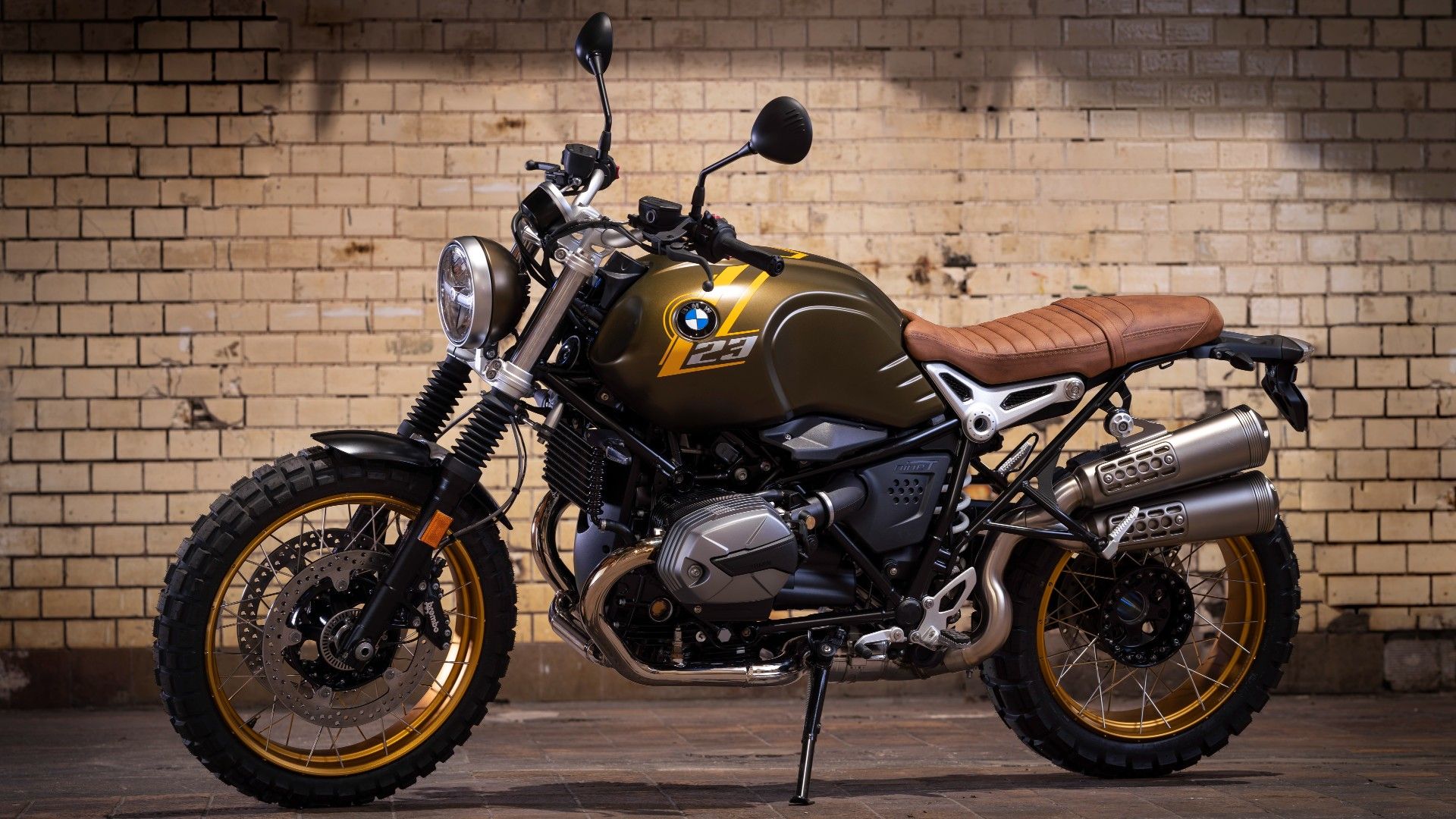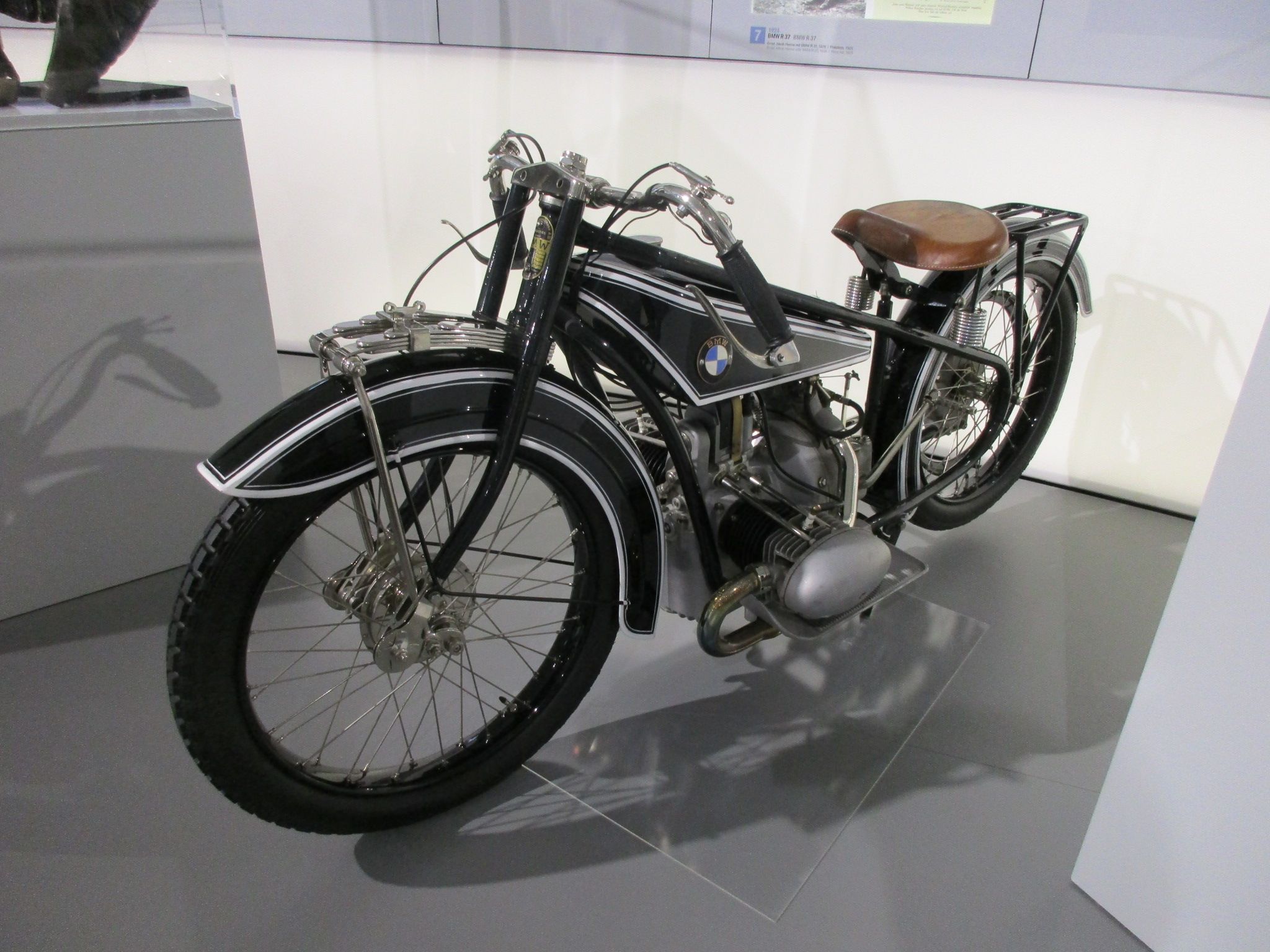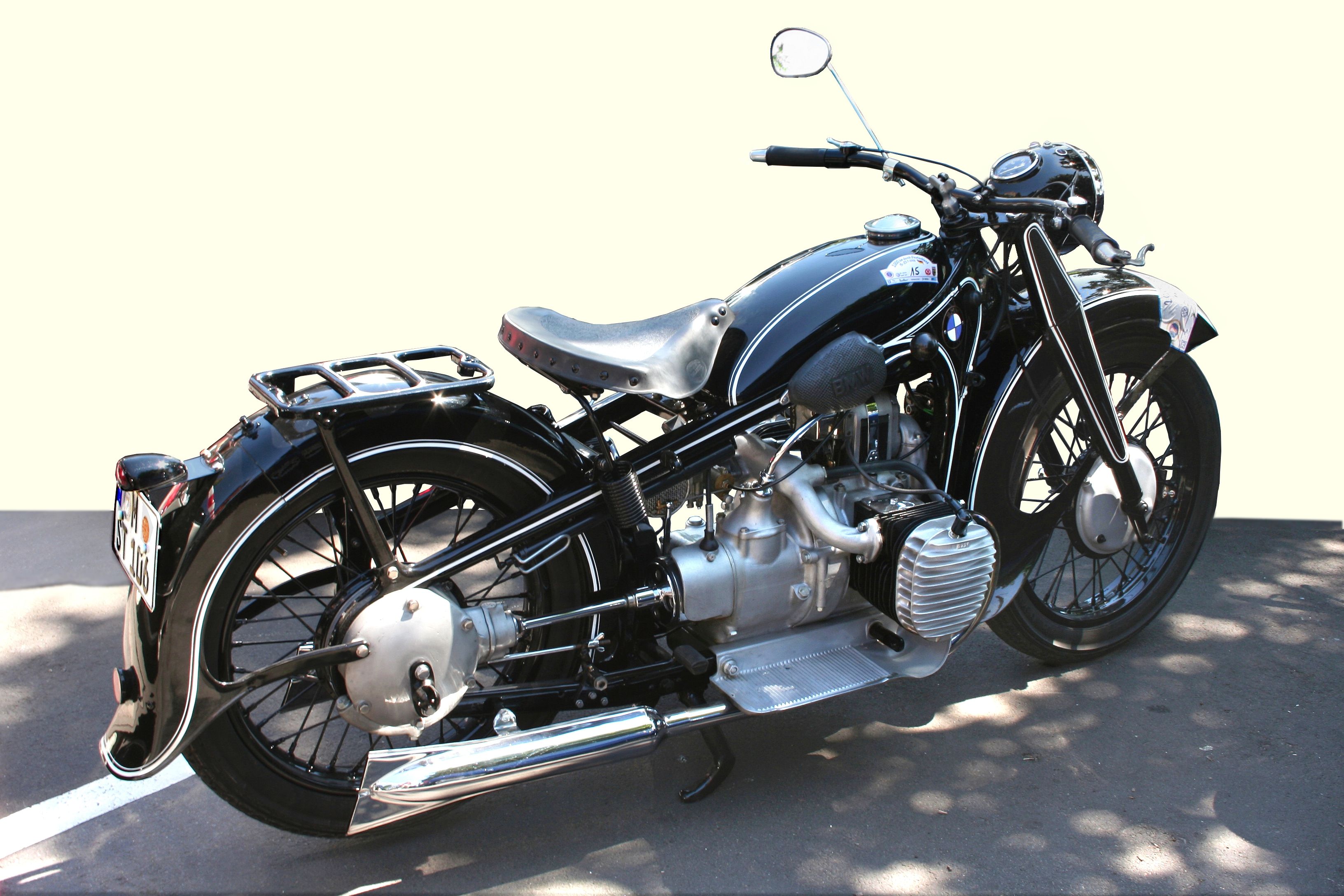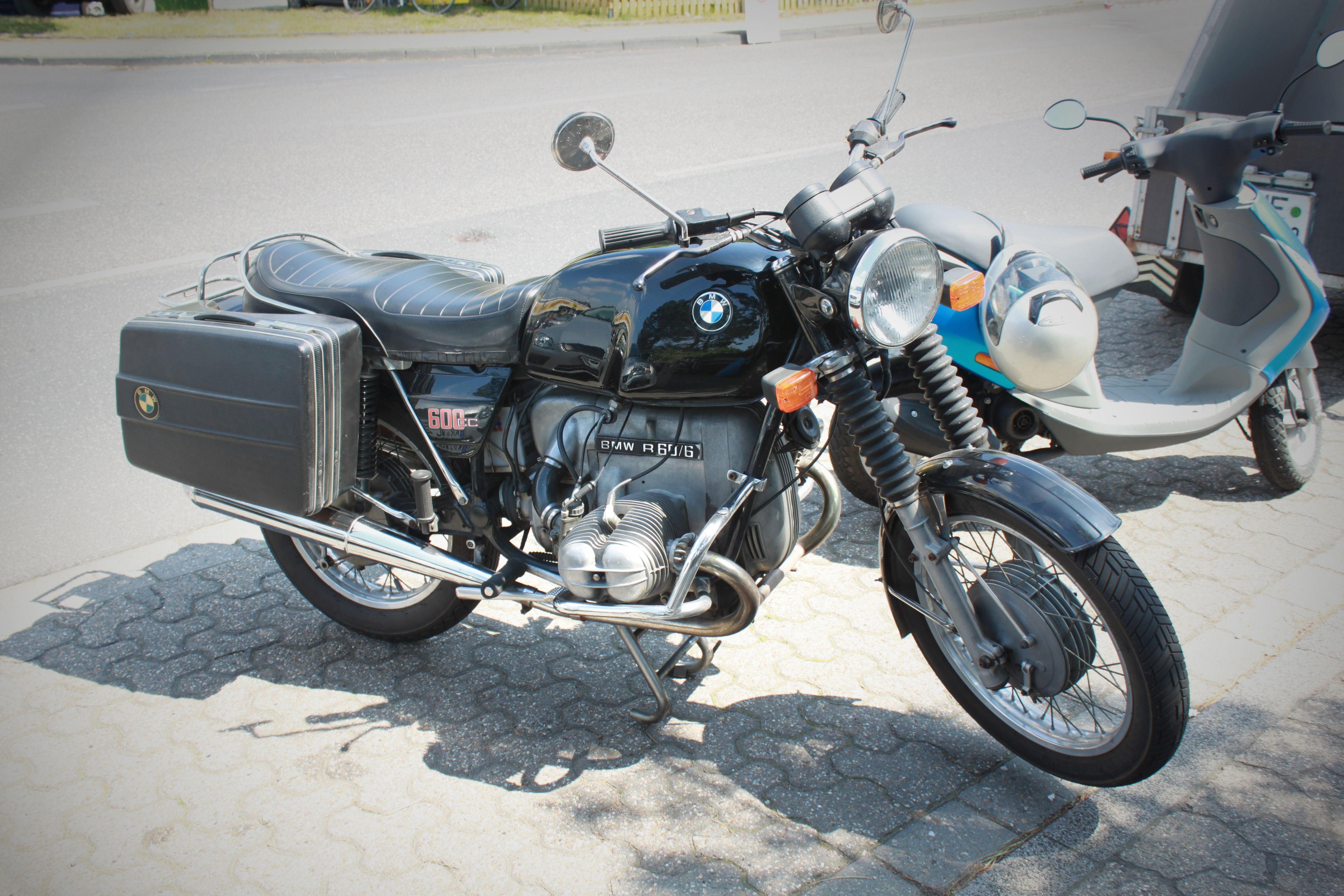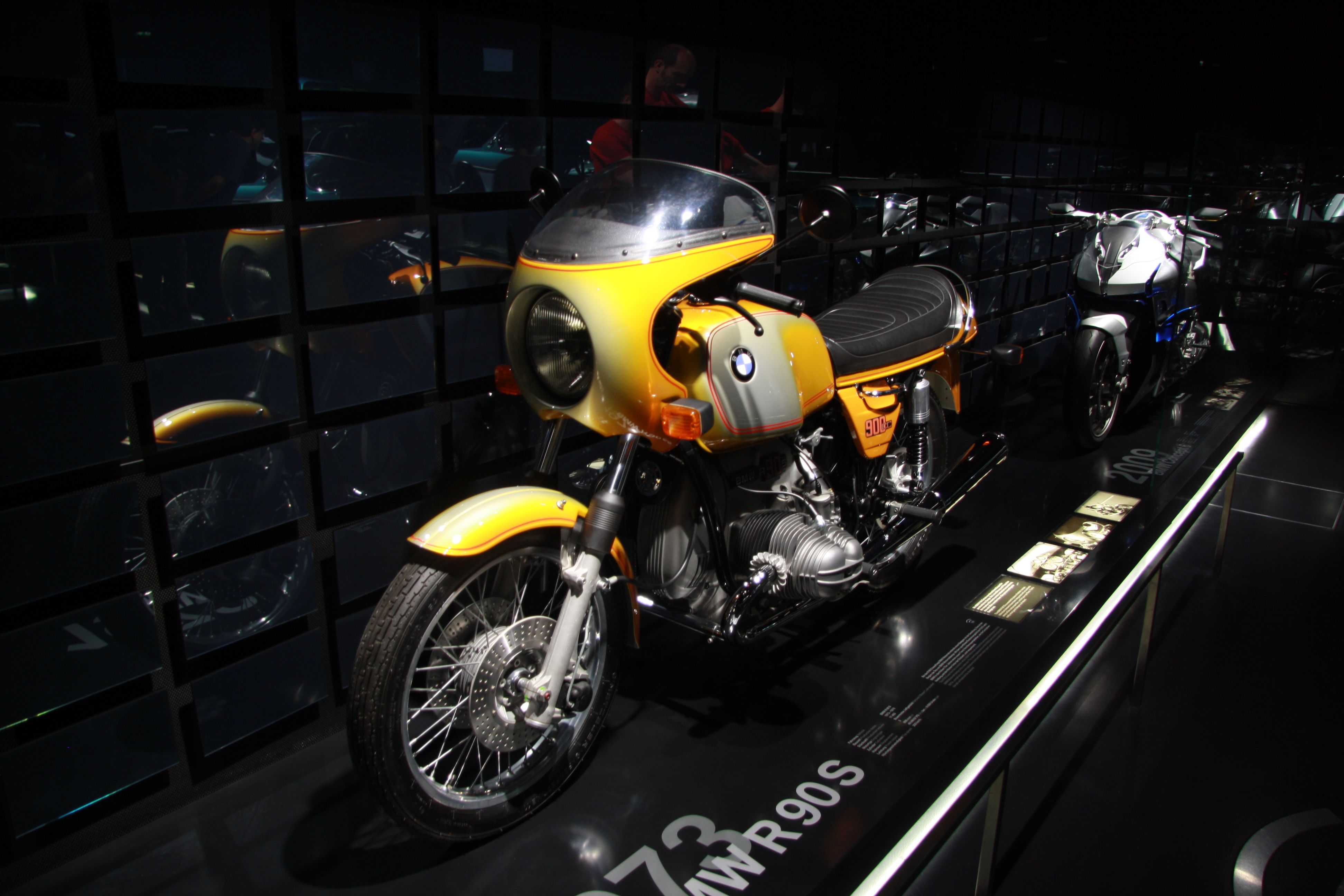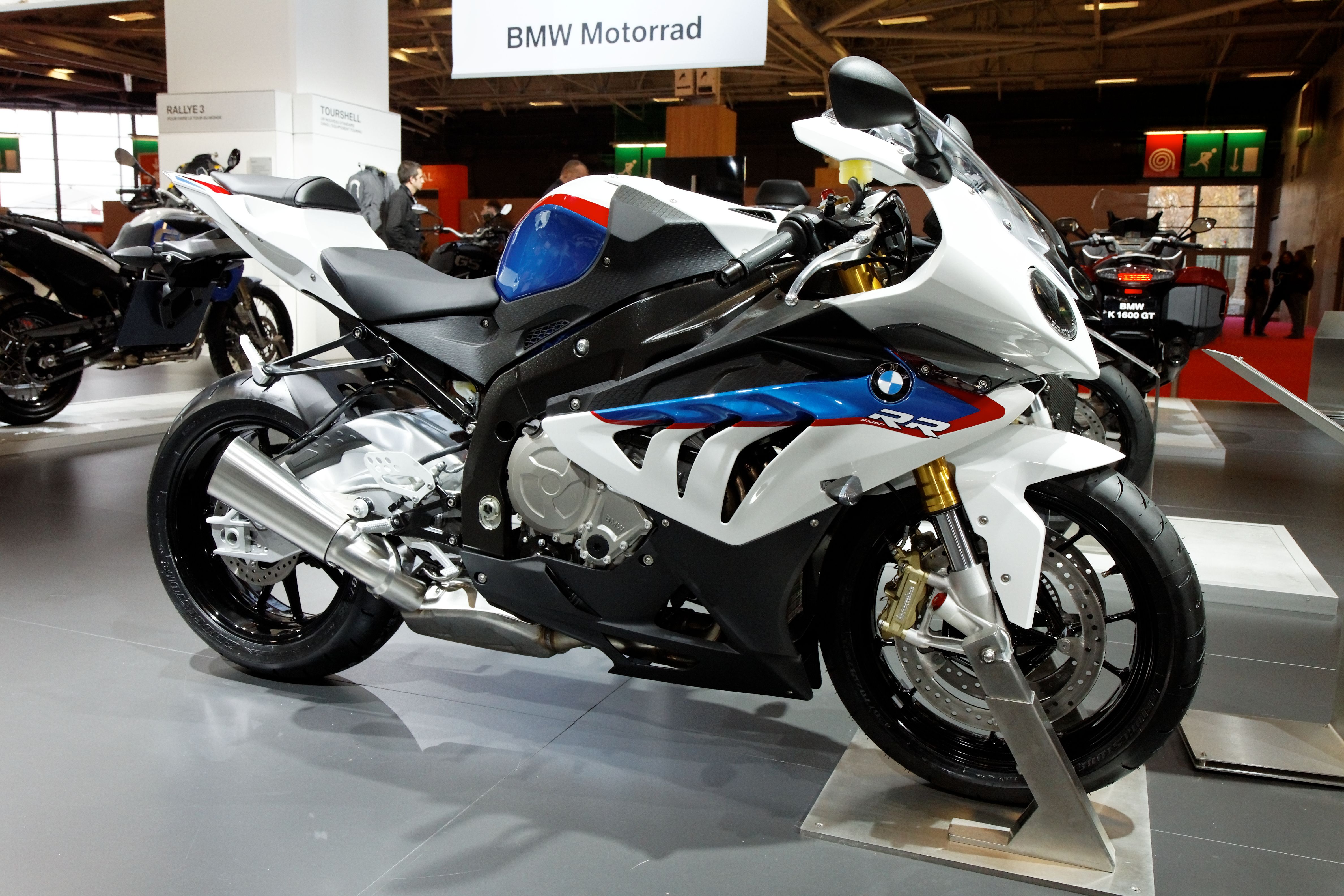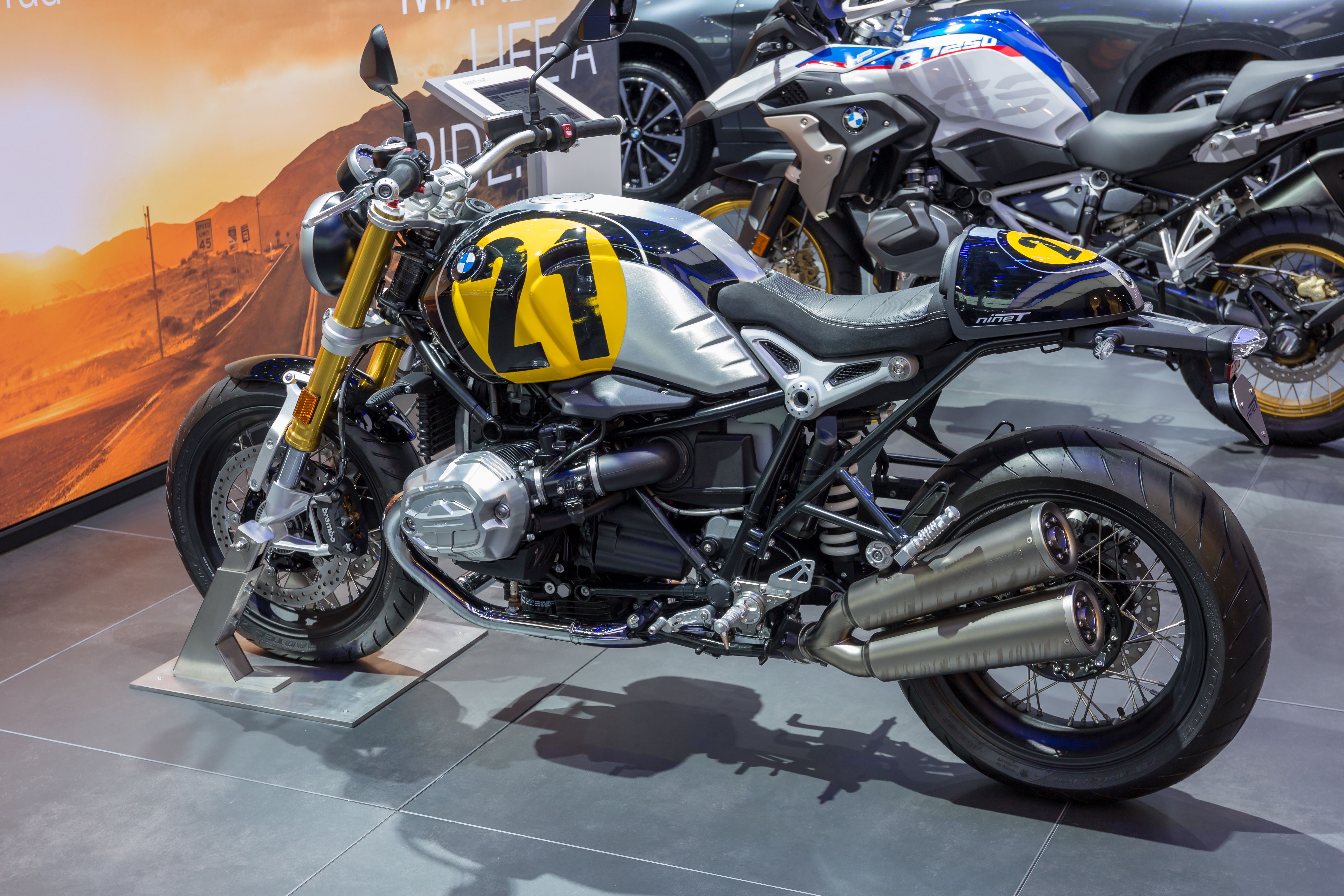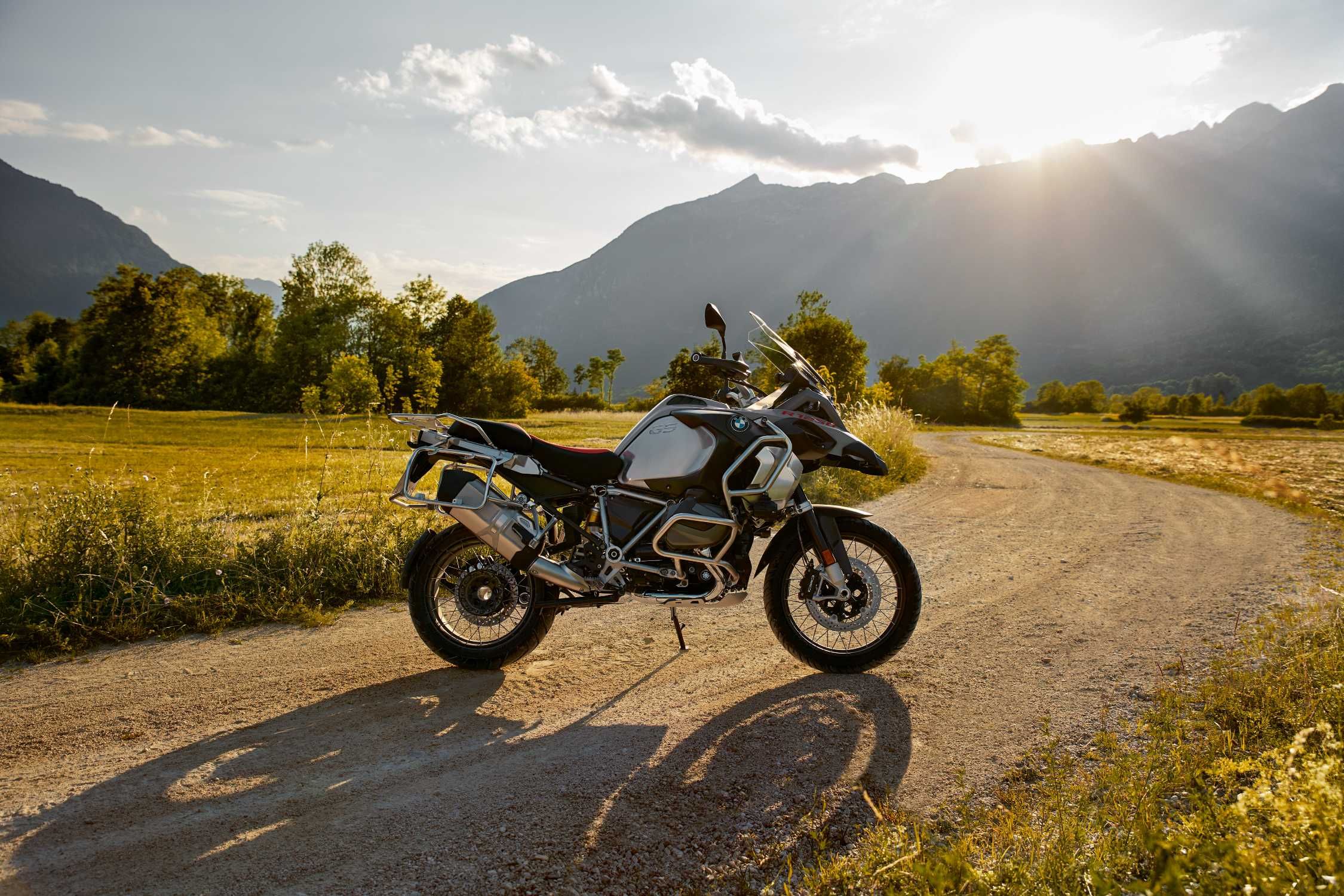BMW is one of only a handful of manufacturers that produce both cars and motorcycles, the others include Honda and Suzuki. But they didn't start out doing either of those things. Formed in 1916, Bayerische Motoren Werke AG, otherwise known as BMW, began life as manufacturers of aircraft engines. By 1921 they were producing motorcycle engines for other companies, and it wasn't until 1923 that they began building their own bikes in earnest.
Of course BMW's history is pockmarked with problematic periods, as is the case with many long-lasting German companies. And though such history shouldn't be forgotten, BMW eventually recovered and got back to business of building top-notch machines for motorcycle and car enthusiasts. And as the decades wore on, they got better and better at it, developing a reputation for precise and reliable engineering, and eventually jump-starting a motorcycle category: the adventure motorcycle. But adventure bikes are not all that it's know for, because throughout its ongoing history, BMW was able to produce some amazing motorcycles in just about every style, from sport bikes to cruisers.
10 R 32
Though BMW started out as a producer of airplane engines, after the first world war, they were forbidden to continue down that path. Luckily, they were able to make a pivot into the automotive world and eventually produced their first motorcycle, the R 32. And though the flat engine, otherwise known as the boxer, has been around since 1897, BMW built their entire motorcycle empire using a version of it, and it all started with the R 32.
After BMW merged with Bayerische Flugzeugwerke, they were given access to that company's Helios motorcycle, which became the basis for the R 32. The Helios was redesigned by BMW engineers, utilizing a 494 boxer power plant, as well as a shaft drive, which was easier to maintain.
9 R 37
The R 32 was a success for the upstart German bikemaker, and so the next logical step was to go racing. Though primarily made to be a racing bike to help get German racers on podiums, BMW did end up selling the R 37 to the general public. However, due to its high cost, it was only produced for two years and sold just 152 units.
But regardless of its sales figures, the motorcycle was a success in the racing world, having won the German Championship in 1924. The boxer engine had just 16 hp, but that was enough to get the win.
8 R 12
By 1935, BMW was in full swing, having created multiple, successful R models. But it was the R 12, that finally brought it worldwide acclaim. And it wasn't racing wins or speed records, but a technical innovation that we, riders now take completely for granted.
The BMW R 12 was the first production motorcycle to feature a telescopic front fork, with oil damping. You can image how stiff suspensions were prior to that. The R 12 was a smashing, international success, and was arguably one of the biggest selling models of that era.
7 R 60/6
The time during and directly after the second world war was turbulent for German manufacturers, with most, if not all, conscripted into producing goods for the military, regardless of whether they actually wanted to or not. BMW had been directed to produce motorcycles for the army and saw great success with the R 75 sidecar. Post-war, it took them some time to recover, but soon enough, they were at it again, making motorcycles for civilian enthusiasts.
In 1973, they launched the R 60/6, which replaced the 50/5 as their entry level model. And though it wasn't exactly the most modern motorcycle at the time, retaining the drum brakes and outdated carburetors, it did provide critical tech updates, such as new instruments, controls and transmission. And it was the R 60/6 that Elspeth Beard used to become the first English woman to ride around the world in 1982. It is a motorcycle that she has not parted with to this day.
6 R 90 S
Up until the release of the R 90 S, BMW motorcycles were primarily known to be, though stylish, of monotone color, typically black with white accents. That all changed when BMW had retained the services of an outside designer by the name of Hans Muth. He'd introduced the bubble fairing, a first in a production motorcycle, and the striking "Daytona Orange" color.
The bike was no slouch either. To go along with the sport styling, the engine could get the bike to a top speed of 125 mph. This was a handsome and popular flagship model for BMW, and a significant collectors item to this day. Especially in that orange color scheme.
5 R 80 G/S
Much has been written about BMW's role in creating one of the most wildly popular motorcycle markets in the modern era. And despite Harley-Davidson's astronomic rise in the Adventure Bike market, due to its super successful Pan America, globally, BMW and its lineup of GS motorcycles is still the manufacturer to beat, and the R 80 G/S got the whole thing rolling.
Released in 1980 to general skepticism in the press, the G/S, or Gelände Straße (off-road/road) as it was known in Germany, nevertheless, proved to be extremely popular. Some of the criticism leveled at it, at the time, was that it was too heavy to be on dirt, and too dirt oriented to be comfortable on the road. In other words, it was a compromise. Today, we're used to Adventure bikes being just that, and we love them for it. But at the time, it was a novel idea, and the industry insiders weren't ready for what was going to come next.
4 K1
On the other side of the spectrum, though no less divisive, was the futuristic K1. Looking like something out of an Anime or science fiction film, it was unlike anything else on the market. Other than the full fairing, which enclosed the motorcycle from wheel to wheel, the bike produced 100 hp and could reach speeds of 150 mph. And due to its narrow profile, it also had a lower drag coefficient, allowing it to achieve those faster speeds. The power plant was a four-cylinder in-line 987-cc engine and despite its disruptive looks, or perhaps because of them, the motorcycle stayed in production from 1988 to 1993.
3 S 1000 RR
Modern era BMW motorcycles have been accused of being too perfectly engineered, lacking what some motorcycle riders would call a soul. And once you replace the uniqueness of the boxer engine, with an in-line four that's typical of a Japanese sport bike, you can sort of see where the criticism hits the target.
But whether a motorcycle has a soul is a whole other article, and a highly debatable one at that. But suffice it to say, not every rider cares or believes in that whole thing, and to those bikers, the S 1000 RR is nothing short of a halo bike. It's visually unique and arresting, setting it apart from other brands. And the power output BMW managed out of that in-line four has to be respected. After all, not many bikes can boast 205 hp, 83 lb-ft and the ability to go 0-60 in 3.1 seconds.
2 R nineT
To show the world that it was aware of its heritage, and to compete more directly with the likes of Triumph, BMW took its venerable air-cooled boxer engine and shoved it into the supremely gorgeous and retro-cool package that is the R nineT. Since its debut, the popular platform spawned multiple models, such as the Scrambler, Café Racer and Urban GS, just to name a few.
And just like Triumph's modern classic offerings like the T100 Bonneville, the R nineT models are thoroughly modern, yet simple machines, meant to cut through the tech noise of other, more ambitious bikes from Ducati, Aprilia and KTM. There's nothing particularly ground-breaking about the R nineT, other than its handsome looks and focus on the joy of the ride, above all else.
1 R 1250 GS
If the R 80 G/S was divisive when it first arrived to a confused motorcycle industry, it has long been forgotten. Now, whenever anyone looks back at the prototypical adventure bike, it is typically viewed through rose-tinted glasses. So powerful was its arrival and eventual ascension to the top of the market it single-handedly willed into existence.
The GS line continued to be a bestseller, and was constantly tinkered with by BMW until, eventually, it was launched even farther into the stratosphere of popularity by Ewan McGregor and Charley Boorman's Long Way Round. As seen in that show, KTM had pulled out of providing motorcycles at the eleventh hour, forcing the two to settle for a pair of BMW GS's. The rest was history, as thousands of riders saw how capable those machines were on just about any terrain. The current GS lineup consists of various sizes and models, though none of them can hold a candle to the undying king that is the R 1250 GS.

